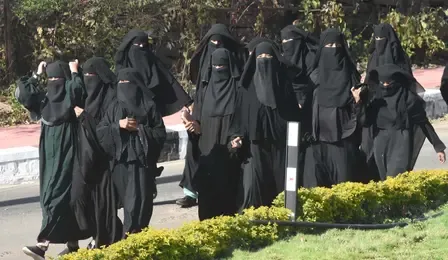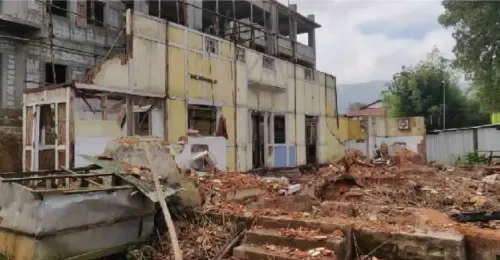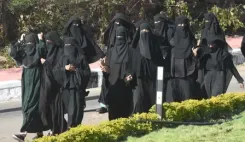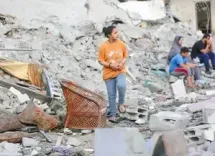Are 346 CISF Commandos Equipped with Advanced Warfare Skills to Protect High-Risk Areas?
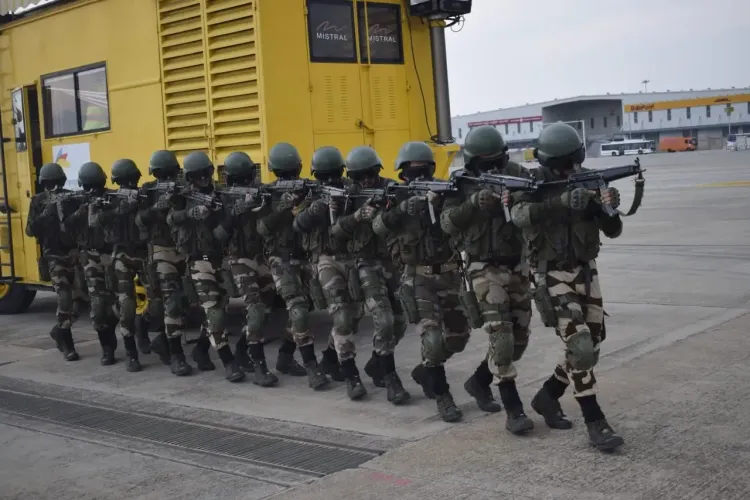
Synopsis
Key Takeaways
- 346 CISF commandos have been trained by the Indian Army.
- Training covers various combat scenarios including urban and jungle warfare.
- Specialized tactics include drone warfare techniques.
- The Union Home Ministry has expanded CISF's strength significantly.
- New firearms and drones are set to enhance CISF's operational capabilities.
New Delhi, Oct 14 (NationPress) Following Operation Sindoor — a decisive retaliatory action taken after the Pakistan-backed Pahalgam terror incident on April 22 — a total of 346 Central Industrial Security Force (CISF) members have undergone training by the Indian Army to tackle high-intensity terror threats.
As per senior security officials, the first batch of 120 CISF Quick Response Team (QRT) commandos received training from the Southern Command in Pune, while the Northern Command trained 91 personnel in Pulwama, Jammu and Kashmir.
The third group consisted of 30 personnel, and the fourth batch of 101 commandos concluded their training in Pune in late September.
“Importantly, these QRT members had already completed a comprehensive six-month in-house training with CISF before entering the Army program,” stated an official.
Officials highlighted that the specialized training encompasses urban and jungle warfare, engagement in high-risk zones, and integrated drone warfare tactics, thus arming CISF commandos with Army-grade reflexes and combat readiness.
“This training equips CISF personnel to respond with military precision during emergencies at airports, nuclear sites, government installations, and even Parliament,” another official confirmed.
With the Bihar elections set for next month and nearly 500 CAPF companies being mobilized, the next phase of CISF training has been temporarily halted.
In a significant capacity expansion, the Union Home Ministry approved an increase in CISF strength from 1.62 lakh to 2.2 lakh personnel in August this year.
Approximately 15 percent of the force comprises QRT units, and sources indicate that the goal is to align their combat efficiency with that of the Indian Army by 2028.
To enhance firepower, CISF — currently equipped with INSAS, AK-47s, and sniper platforms — is set to receive AK-203 rifles, along with new fold-butt rifles designed for close-quarter combat.
The force has also placed orders for 20,000 Trichy Assault Rifles (TAR).
Most of the newly trained commandos have already been deployed at highly sensitive locations, including airports in Jammu, Kashmir, Leh, and other critical sites.
With the government promoting ‘Aatmanirbhar Bharat’ in defense production and increasing private sector involvement, CISF is expected to experience a substantial technological transformation in the coming months.
In the realm of drones, which are pivotal in modern warfare — as evidenced during recent conflicts including the four-day India-Pakistan clash, the Russia-Ukraine war, and the concluded Israel-Hamas conflict — CISF is poised to incorporate nearly 350 drones in the near future, thereby enhancing the strength of commandos stationed at sensitive locations.

